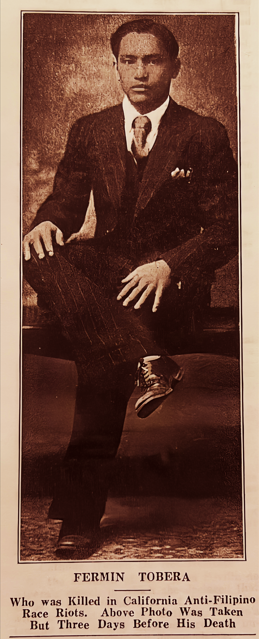
In the recent Met Gala, the theme was Black dandyism. Dandyism is not just dressing up and being seen, but it is also a means of transgression.
In British history, the dandy emerged as the effete gentleman known for fashion, wit, and taste. In American history, particularly Black history, dandyism is a means of asserting one’s taste and being visible at the same time.
The most salient historical visibility of Black dandies happened in the early 20th century when Black men dressed up in finery, not to copy the “decent” and fashionable white folks, but to exaggerate and accentuate through colors, patterns, and silhouettes.
Fashion is seen as a means of defiance for these Black men because they choose and insist on striking a distance from the grubby clothes of slaves of the Antebellum South. These are not figures of subservience but those of confident young men who dare to strut in front of a society and culture that demeans and belittles them.
Furthermore, Black people have been addressed as “boy” or “girl” by white supremacist society to mark them as children, ergo needing guidance. They are considered near base animality as they have not matured into adults. The Black folks dress up to prove they are grown-ups and can display exquisite taste.
Filipinos are very much part of the Black dandyism in the United States. From 1920 to the early 1930s, young Filipino men went to Hawai’i, California, Alaska, and even as far as New Mexico to work in agriculture for Americans as cheap laborers. Though they are paid dastardly, many of these young men saved up for them to have bespoke Macintosh suits that go well with their relatively more diminutive stature.
Many Filipinos went to studios to have their photos taken, all dressed up, to be mailed back home to prove they are living the American dream. Dressed to the nines, many of these young Filipinos strut their stuff at dance clubs where they purchase a ticket for 10 cents. Each ticket allows them to dance with a white American or Mexican “dance instructor.” Many Filipinos danced magnificently, and with their culturally ingrained cariñoso and sweet talk, have made the white hearts of white women aflutter.
This was in the late 1920s and early 1930s when the Great Depression started. Many white American men were angered that the Filipinos are not just stealing their jobs, they are stealing their women, and that Filipinos are making their American culture filthy (sounds familiar, MAGA?).
There were several racial attacks, but the most reported one was the Watsonville Riot in January 1930. A group of young white men descended and attacked businesses that were friendly to Filipinos. They attacked Filipinos, some of whom went to the police for cover. The mob shot up the Filipino barracks, and they shot one Fermin Tobera to death.

The Watsonville attack angered the Filipinos back home, and massive protests erupted. A few years after this death, the Tydings-McDuffie Act was passed, thus giving the Philippines 10 years to achieve independence. Arguably, it was a group of Filipino men in suits who enabled the emergence of the modern Republic of the Philippines.
You may reach Chong Ardivilla at kartunistatonto@gmail.com or chonggo.bsky.social







